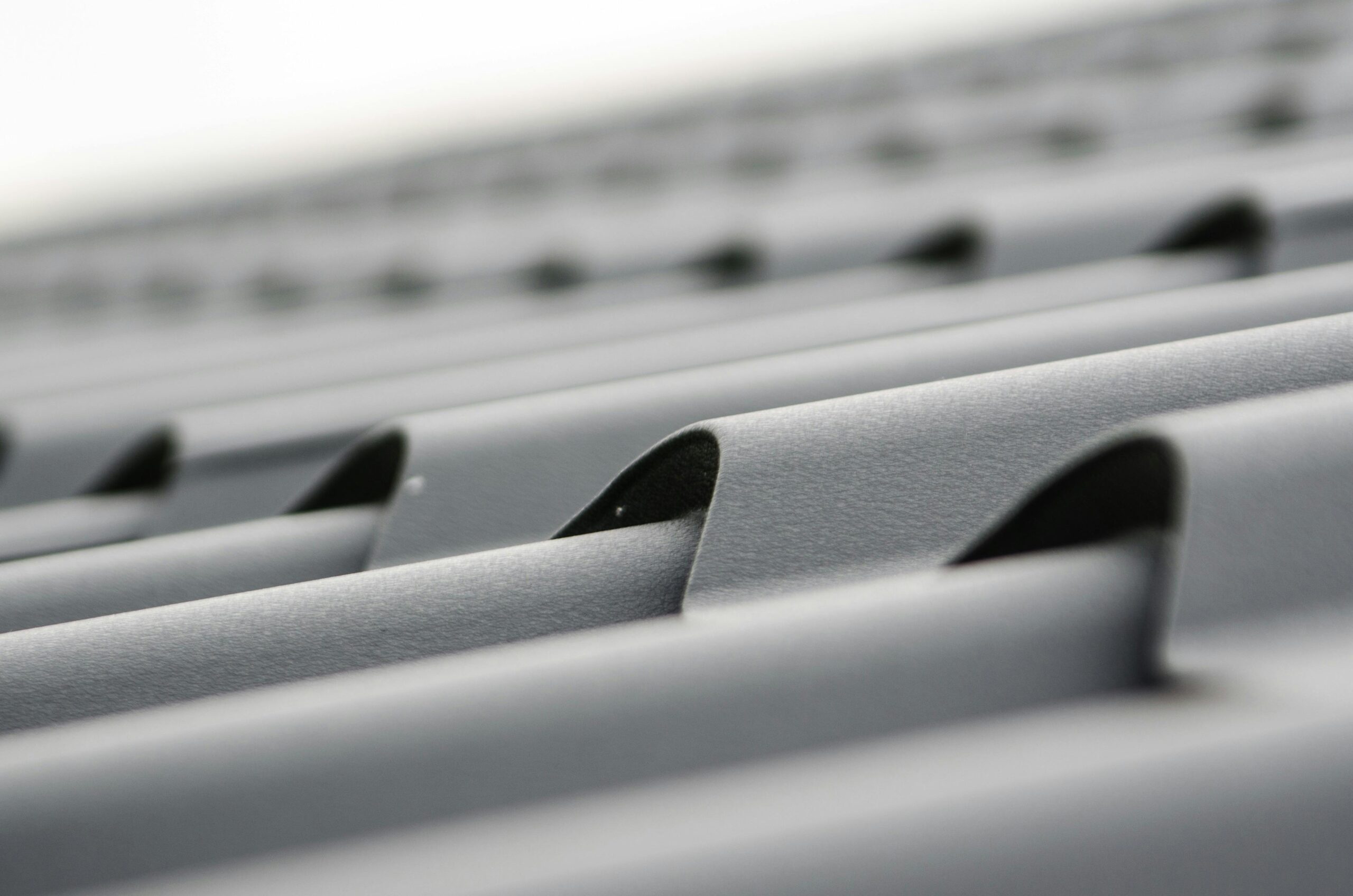When investing in a new roof, one of the most valuable but often overlooked aspects is the warranty that comes with it. A roof warranty can provide peace of mind and financial protection, but only if you understand what it actually covers. Many homeowners mistakenly assume their warranty covers all potential issues, only to discover otherwise when problems arise. This guide will help you decipher roofing contract terms, identify what might void your warranty, and ensure you maintain proper coverage for years to come.
Types of Roof Warranties
Not all roof warranties are created equal. Typically, you’ll encounter two primary types: manufacturer warranties and workmanship warranties. Manufacturer warranties cover the roofing materials themselves and generally range from 20 to 50 years depending on the quality and type of materials used. These warranties protect against defects in the roofing products but rarely cover installation errors or normal wear and tear. On the other hand, workmanship warranties are provided by the roofing contractor and cover installation-related issues, typically lasting between 2 to 10 years. Some premium contractors offer extended workmanship guarantees, which can be a sign of confidence in their craftsmanship. Understanding these distinctions is the first step in deciphering your roof warranty explained in simple terms.
What’s Typically Covered
Standard manufacturer warranties usually cover material defects that lead to premature failure of your roofing system. This might include issues like premature granule loss on asphalt shingles, manufacturing defects that cause leaks, or materials that don’t meet industry standards. Premium or extended warranties might also cover labor costs for repairs related to material defects, though this varies widely between manufacturers. Workmanship warranties generally cover installation errors that might cause roof leaks or other failures. When reviewing roofing contract terms, pay special attention to coverage periods, transferability if you sell your home, and whether prorated coverage decreases over time. According to data collected by AskHomey, homeowners who understand their warranty terms fully are 70% more likely to maintain valid coverage throughout their roof’s lifespan.
Common Exclusions and Limitations
Even the most comprehensive roof warranties have limitations. Most warranties exclude damage from “acts of God” such as hurricanes, tornadoes, earthquakes, or severe hailstorms. Regular wear and tear from normal weather exposure typically isn’t covered either. Poor attic ventilation causing premature shingle deterioration often falls outside warranty coverage, as do damages resulting from foot traffic, satellite dish installations, or other modifications made after installation. Another crucial detail when seeking to understand home warranties for roofing is that many manufacturers exclude coverage for homes in certain climate zones or with specific architectural features that may increase wear. Always read the fine print regarding wind speed limitations, as many standard warranties only cover winds up to certain speeds, typically 60-110 mph depending on the product and warranty level.
What Voids a Roof Warranty
Knowing what can invalidate your coverage is just as important as knowing what’s covered. Among the most common factors that void roof warranties are improper installation not following manufacturer guidelines, unauthorized repairs or modifications by non-approved contractors, poor attic ventilation leading to excessive heat buildup, and installation of new roofing over existing layers when not specifically approved. A surprising warranty-voider that many homeowners aren’t aware of is the mixing of different manufacturers’ roofing components. Some warranties require the use of a complete roofing system from a single manufacturer, including underlayment, starter strips, and ridge caps. Regular maintenance neglect can also invalidate warranty claims, as most manufacturers require homeowners to prove they’ve performed reasonable maintenance.
Maintaining Your Warranty Coverage
To ensure your roof warranty remains valid, documentation is key. Keep all receipts, contracts, and warranty certificates in a safe place and create digital backups. Schedule regular professional roof inspections at the intervals specified in your warranty documents, typically every 2-3 years. After severe weather events, have your roof checked promptly for damage that might require warranty-covered repairs. When addressing issues, always hire approved contractors who are certified by your roofing material manufacturer. Before making any roof modifications such as adding skylights or solar panels, consult your warranty terms or contact the manufacturer directly to ensure these changes won’t affect your coverage. Following these steps helps ensure your roofing contract terms remain enforceable for the full warranty period.
Making a Warranty Claim
If you discover a potential warranty issue, document it thoroughly with photos and notes before contacting your roofing contractor or manufacturer. Most warranties require prompt reporting of problems, often within 30 days of discovery. Be prepared to provide proof of regular maintenance and your original purchase documentation. The manufacturer may send a representative to inspect the roof and determine if the issue falls under warranty coverage. Remember that even with valid warranty claims, you may still be responsible for certain costs like inspection fees, shipping for replacement materials, or partial labor costs depending on the age of your roof and the specific terms of your warranty.
For more tips and to connect with reliable home service professionals, follow AskHomey on Facebook and Instagram.



